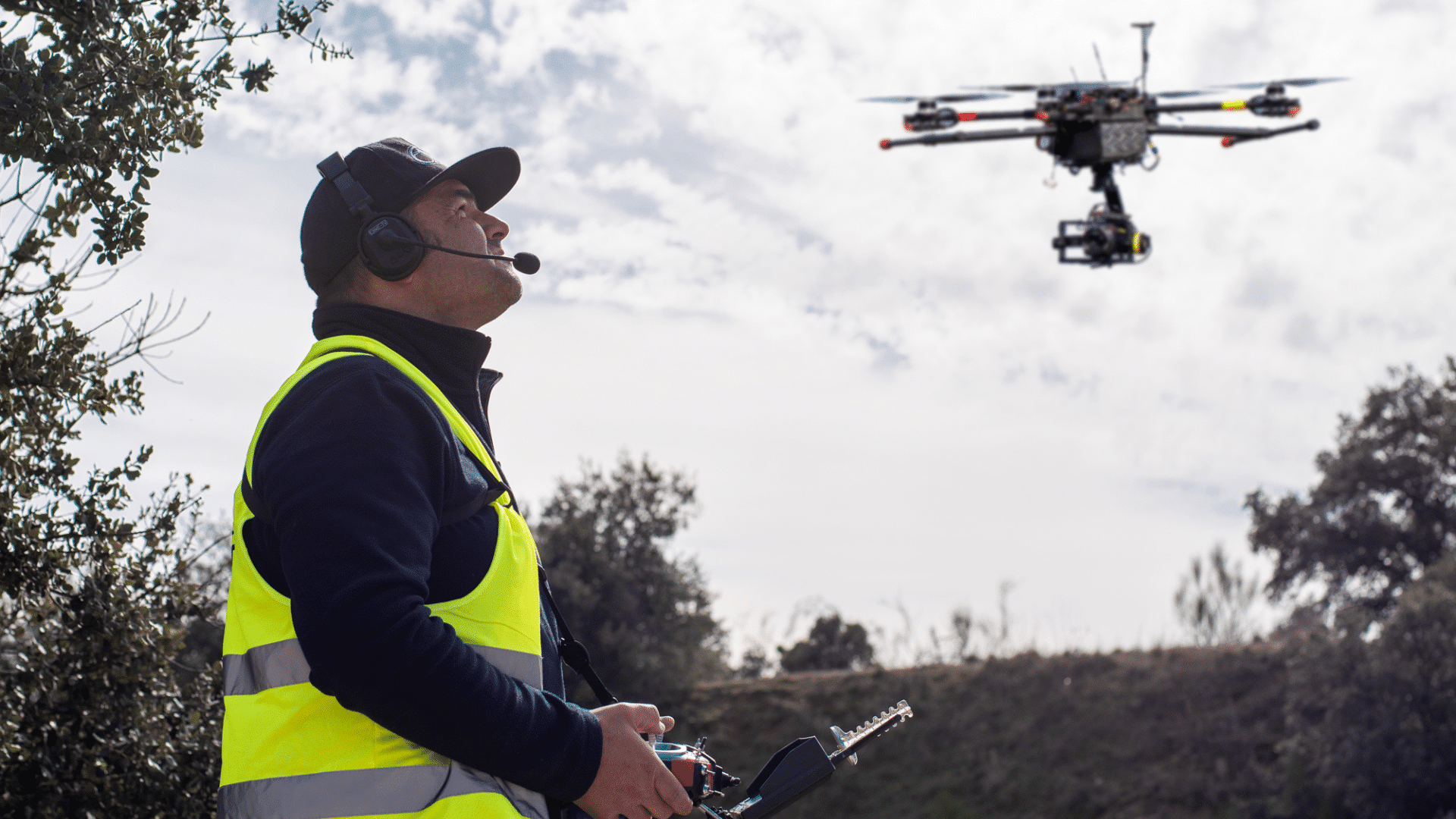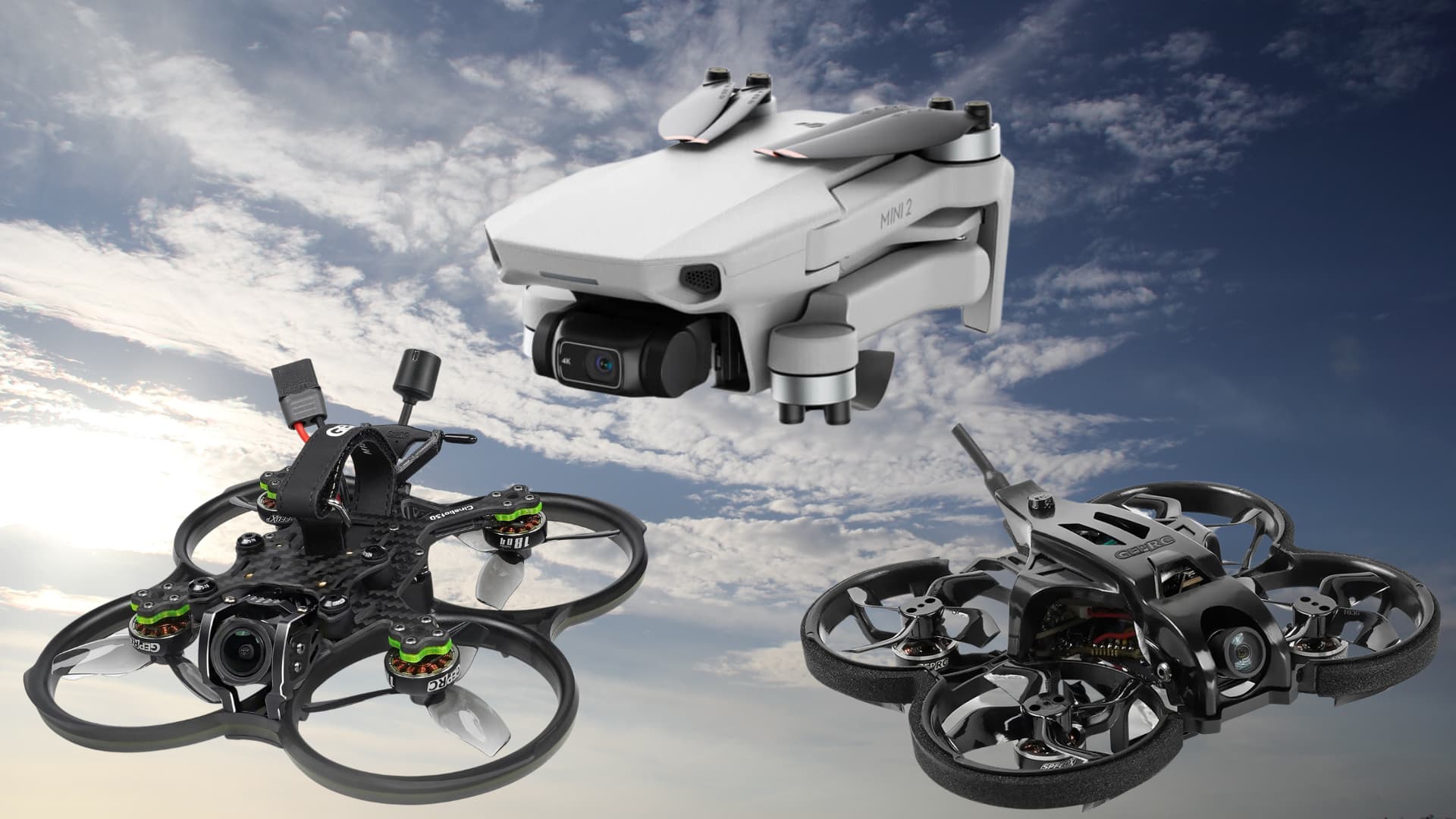In Spain, the body that currently regulates the use of drones is AESA (Agencia Estatal de Seguridad Aérea), in charge of airport safety and air navigation and transport. On the other hand, drone regulations in Spain are governed by the European Regulations RE 2019/947 and RD 2019/945 and Royal Decree 1036/2017, which for the moment is still partially in force.
The European Regulation tries to homogenize the different regulations of the countries and regulate the use of drones for civilian use regardless of their size or weight. This Regulation presents some important differences over the Spanish regulations in relation to the technical aspects of drones to obtain the certificate, the registration of new operators and the instruction of pilots.
What European regulations are in force today?
The European Regulations RE 2019/947 and RD 2019/945 have been in force since 2019 although they have not started to be applied progressively until 2021. On July 1, 2021, the first changes were to be implemented, but due to the Covid-19 health crisis, this has been delayed.
During 2021, the new European legal framework will apply to unmanned aircraft regardless of whether they are autonomous or remotely piloted, their mass or use. Exempt from this regulation will be drones operated by military personnel, border control, firefighters, rescue, customs agents, police and other law enforcement agencies, called NON-EASA Services.
Delegated Regulation 2019/945 on UAS systems
- A more precise classification of drones according to their maximum takeoff mass
- Direct remote electronic identification: this is a new real-time in-flight broadcast system that includes:
- Operator registration number
- Drone serial number
- Geographic position
- Height above ground
- Direction and speed
- Take-off coordinates
- The drone will include an installation and system configuration manual for optimal monitoring of operations by the authorities.
- Registration of operators in specific and certified category operations and in open category UAS over 250 grams with cameras and sensors.
- Geographic Zones: the geographic zones where drone operations are allowed, restricted or excluded are more precise. This better controls risks to public safety or the environment.
Implementing Regulation 2019/947 on the use of drones.
This regulation establishes three different categories of operations according to their level of risk:
- Open category: low risk operations.
- Specific category: medium risk operations.
- Certified category: high risk operations.
Open category
No prior authorization or operator’s declaration is required. These are the requirements for this category:
- Keep distance to persons not involved in the operation.
- Prohibition of transporting or dumping hazardous materials or goods.
- Stand-alone or swarm operations are prohibited.
Requirements:
- Minimum age: 16 years or conduct the operation with the supervision of a qualifying remote pilot.
- UAS operator registration.
- Pass training.
- Keep the drone in ‘First Person View’ flight mode, always in sight.
- Maximum flight altitude of 120 meters.
- Maximum take-off mass of less than 25 kg.
Specific category
Operations in these categories can be separated into two groups:
Operations that can be performed under a Standard Scenario (flight in urban with drones having C5 class label or flights in BVLOS outside urban with C6 labeled drones). Operations may also be conducted under operational authorization. When the operation is not contemplated neither in open category nor in a Standard Scenario, this method will have to be chosen.
In Spain, for the time being, Royal Decree 1036/2017 will remain partially in force, which includes any professional drone course.
For any doubt or query, do not hesitate to contact us, and also if you have to manage any of the AESA procedures. We will be happy to help you.

![¿Se puede volar un dron con lluvia? [Tus dudas resueltas]](https://umilesgroup.com/wp-content/uploads/2024/03/¿Se-puede-volar-un-dron-con-lluvia-Tus-dudas-resueltas.png)
